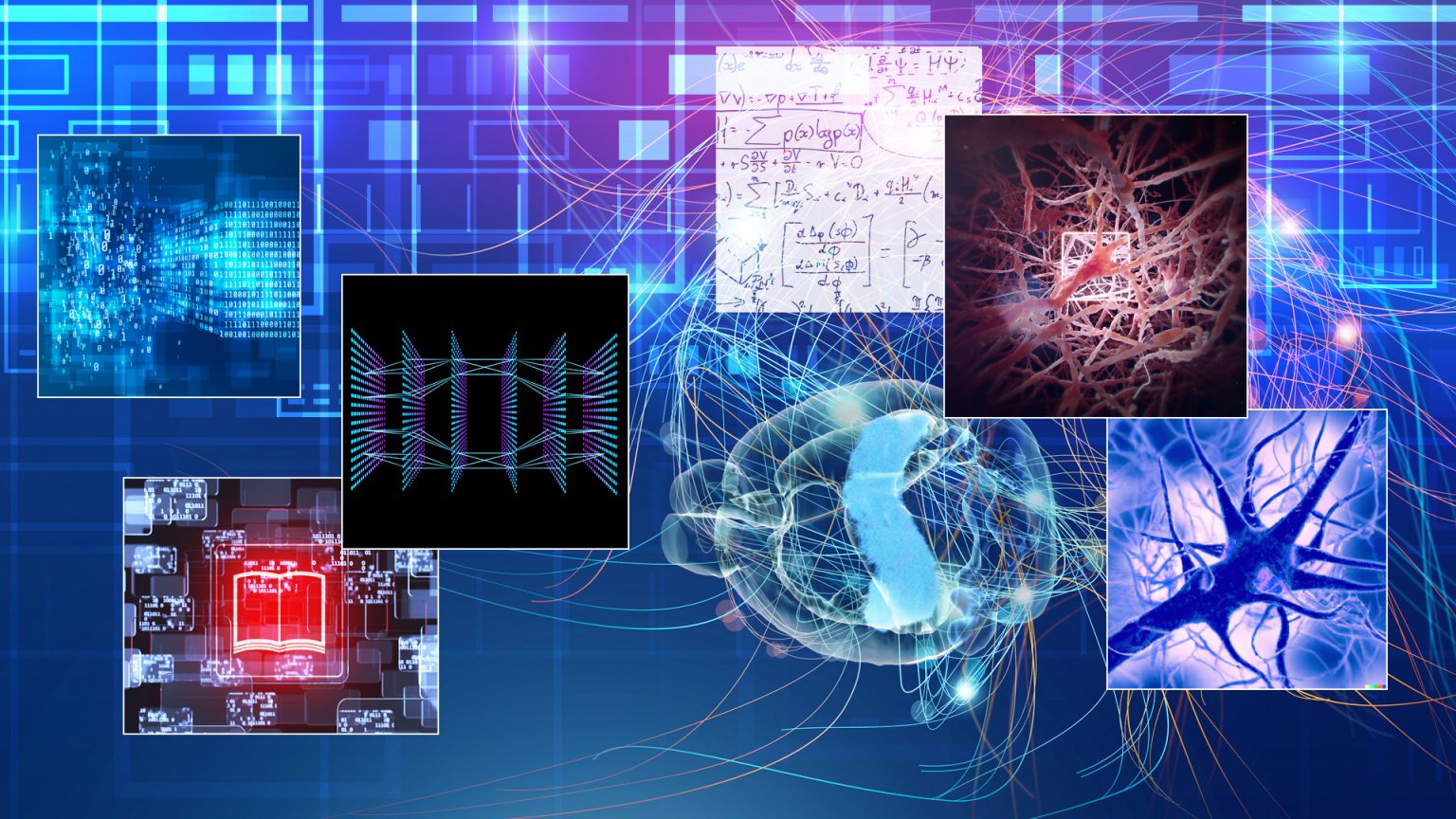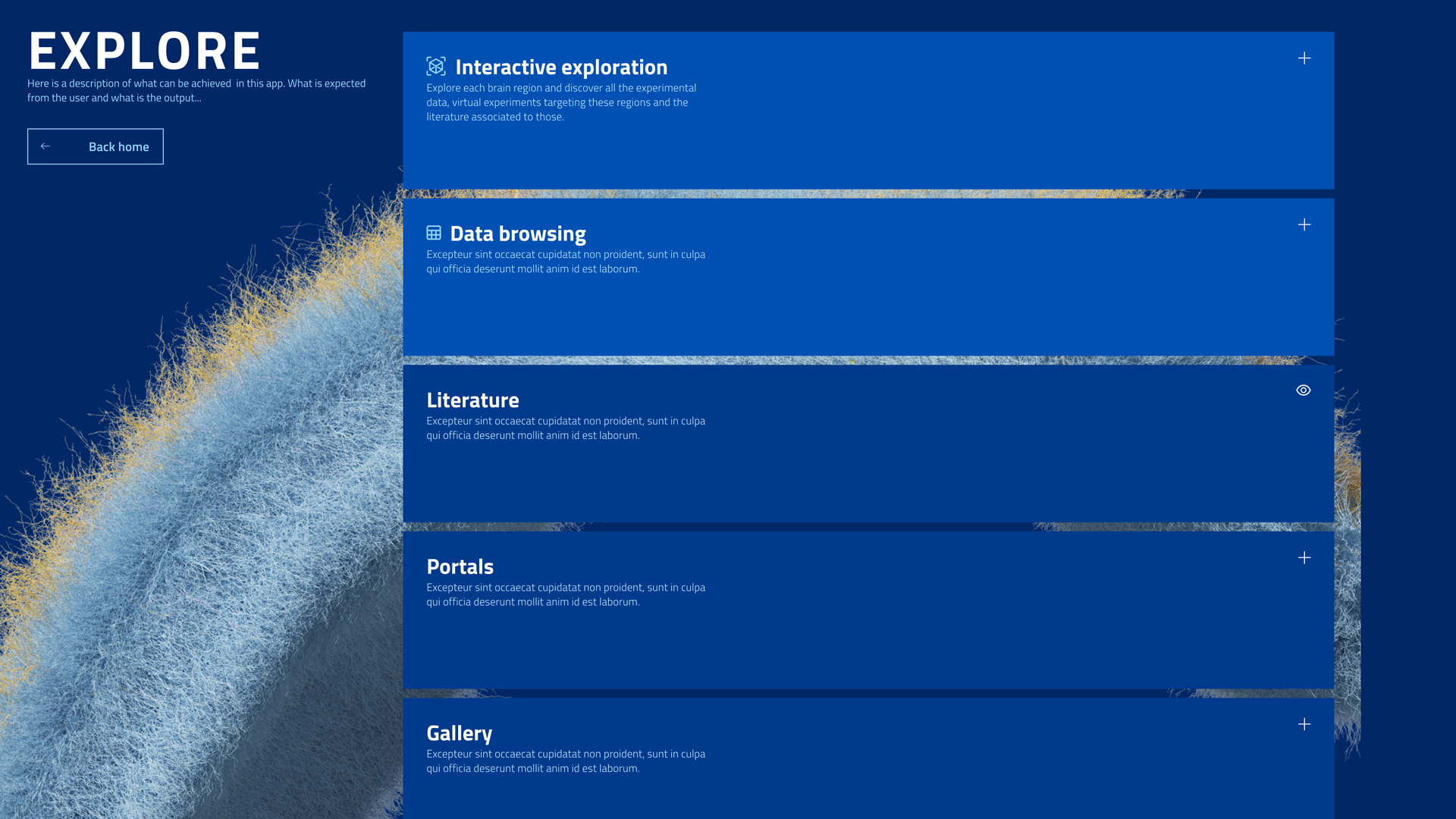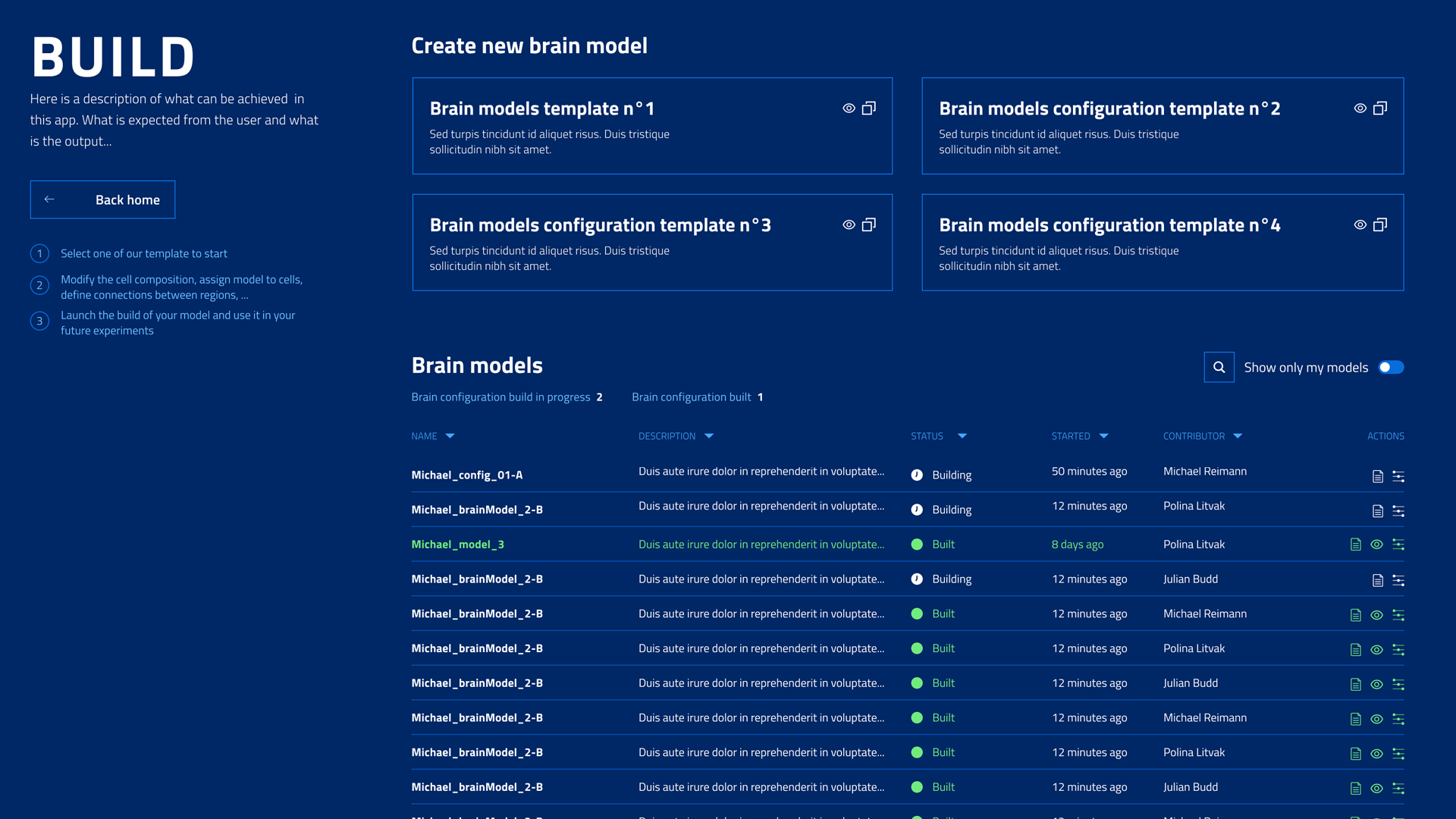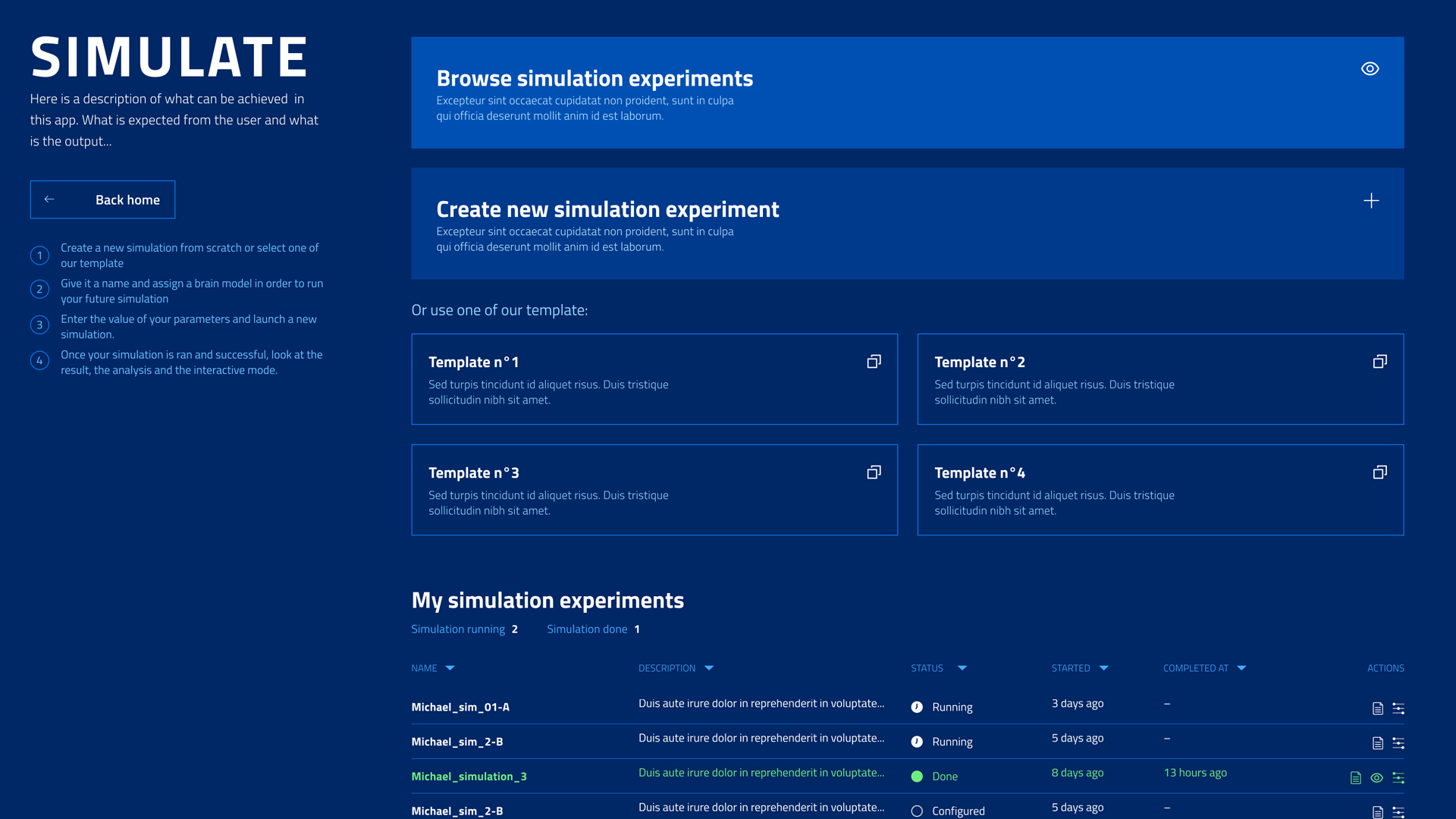Next Steps and Mission Accomplished

What is “mission accomplished” in 2024?
The Blue Brain Project ends in 2024. It aims to deliver a reference data-driven model of the whole mouse brain that integrates what we know and can infer today, as well as the Blue Brain Open Platform for the neuroscience community to be able to use all the data aggregated, software and algorithms developed, and numerous biologically detailed brain models generated since it started in 2005.
After two decades of dedicated effort to pioneering simulation neuroscience as a complementary branch of neuroscience, “mission accomplished” means overcoming most of the major obstacles (biological, informatics, modeling and computing) to allow semi-automated algorithmic reconstruction of model mouse brains – and parts of rat and human brains.
Blue Brain’s 4 Great Challenges achieved:
- Informatics: We developed algorithms and software solutions needed to database the brain that can:
- read the vast quantities of the world’s neuroscience literature and databases
- extract key facts using AI and data science
- organize the data in knowledge graphs for further inference
- Computational Neuroscience: We established the key algorithms needed to model the brain with all its neurons and synapses in order to:
- computationally synthesize any neuronal and glial morphology
- capture the electrical behavior of an unlimited number and type of model neurons
- derive the local, regional and whole brain connectome
- model all synapses used in fast synaptic transmission
- Computer Science: We developed supercomputing software needed to build digital models of brain tissue including:
- high performance data science software to read the data that biologically detailed models can find in knowledge graphs
- supercomputer software to synthesize millions of neuron morphologies and automatically model their electrical behavior
- supercomputer software to populate 3D models with morphologically and electrophysiologically detailed neurons
- supercomputer software to create synaptic connections and model their neurotransmission between all the neurons in the mouse brain
- Neuroscience: We established strategies in simulation neuroscience to advance neuroscience including:
- evaluating the accuracy of existing neuroscience data and principles
- inferring missing biological data using informatics and knowledge graphs
- predicting missing biological data through data-driven principled based model reconstruction
- implementing a systematic approach to rigorous testing of neuroscience principles, hypotheses, and theories
- establishing an approach to mimic biological experiments to gain mechanistic insight into reported phenomena
- performing simulation experiments not yet possible in biological laboratories
Overcoming these challenges now allows semi-automated reconstruction of brain tissue. These tissue models are digital representations of mouse brain tissue and are not exact digital twins of a specific brain; they capture the average information about all the neurons and their connections in the model brain.
The models range from molecule level models in order to simulate brain metabolism, the neuroglia vascular system in order to understand the energy consumption of the brain, to detailed models for most parts of the mouse brain and simplified models for lesser known brain areas. The models serve as a reference of the mouse brain. The reference models are designed to constantly update and improve as new data is generated in the world.
The second deliverable is the Brain Blue Brain Open Platform – a cloud-based community platform for simulation neuroscience. This platform allows researchers to explore the most up-to-date Atlas of the mouse brain down to every cell type as well as the supporting data and literature. The Atlas allows exploring and then instantiating a brain model of parts of the mouse brain. The Atlas provides a virtual biological laboratory where researchers can edit the model tissue to introduce their own data and hypotheses. The reference or custom models can then be accessed in a Simulation Laboratory where a wide spectrum of stimulation and recording configurations can be programmed. The Sim Lab allows running simulation campaigns on supercomputers and soon, also on the cloud.
Ultimately, the Blue Brain Open Platform is set to make simulation neuroscience an accelerator of many facets of neuroscience research.
Blue Brain Open Platform

Explore
Explore a large collection of neuronal models, virtual simulations, and brain cell distribution in a 3D and interactive manner.


Build
Build your own brain configurations by customizing the cell compositions, assigning neuronal models and configuring the desired connectivity pattern.

Simulate
Perform your own virtual neuroscience experiments.
